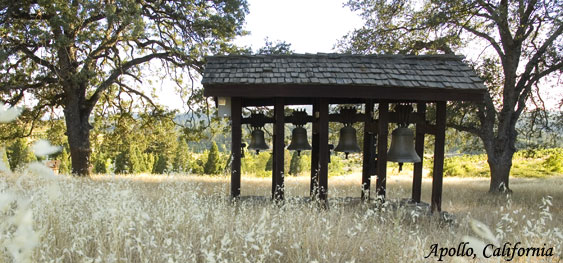
Esoteric traditions were preserved in special schools. When we speak of studying esoteric traditions of the past, we actually mean studying their traces. The daily struggle to awaken remains a silent, inconspicuous process that knows no historical record. School knowledge in any age was primarily intended for its own participants, either as direct instruction or as the preservation and refinement of a previous school. The exoteric, or outer, meanings of a system of school knowledge acted as keys to the inner meaning, and they eventually provided the basis for systems of philosophy and theology, as well as inspiration for literature and art.
The legacy of an esoteric school usually includes some external form, such as a book or a building. In many cases such legacies are only the byproducts of its active period, while the more lasting achievements, along with the direct work of the teacher-student relationship, are the infusion into everyday life of ideas such as love, presence, and a wonder and awe for the divine. In this regard a school’s legacy is felt to be for all people, and not just the few–though the depth of understanding will vary.
The legacies of these spiritual schools of the past have included:
- Texts: mythology, codes of law, scriptures, plays, legends, poetry
- Mental disciplines: meditation, philosophy, mathematics
- Physical disciplines: exercises, dance, yoga, cooking, rules of abstinence and endurance
- Emotional disciplines: religion, ritual, systems of morality, prayer, social interactions and organizations
- Fine arts: sculpture, music, painting, architecture
- Crafts: pottery, jewelry, tile, stone
In each case the heart of the message is the struggle to awaken from sleep. Once this struggle is applied and felt by the individual, the schools of the past speak to us with their deep understanding of the present.